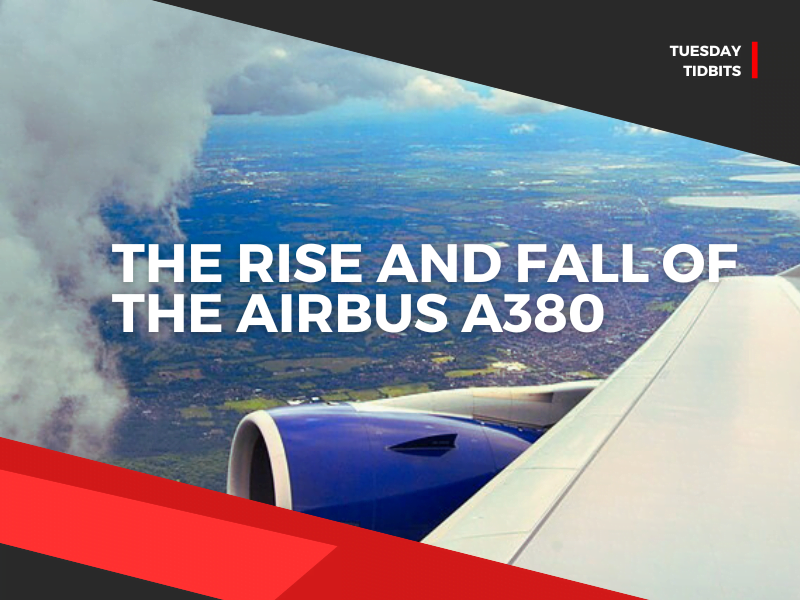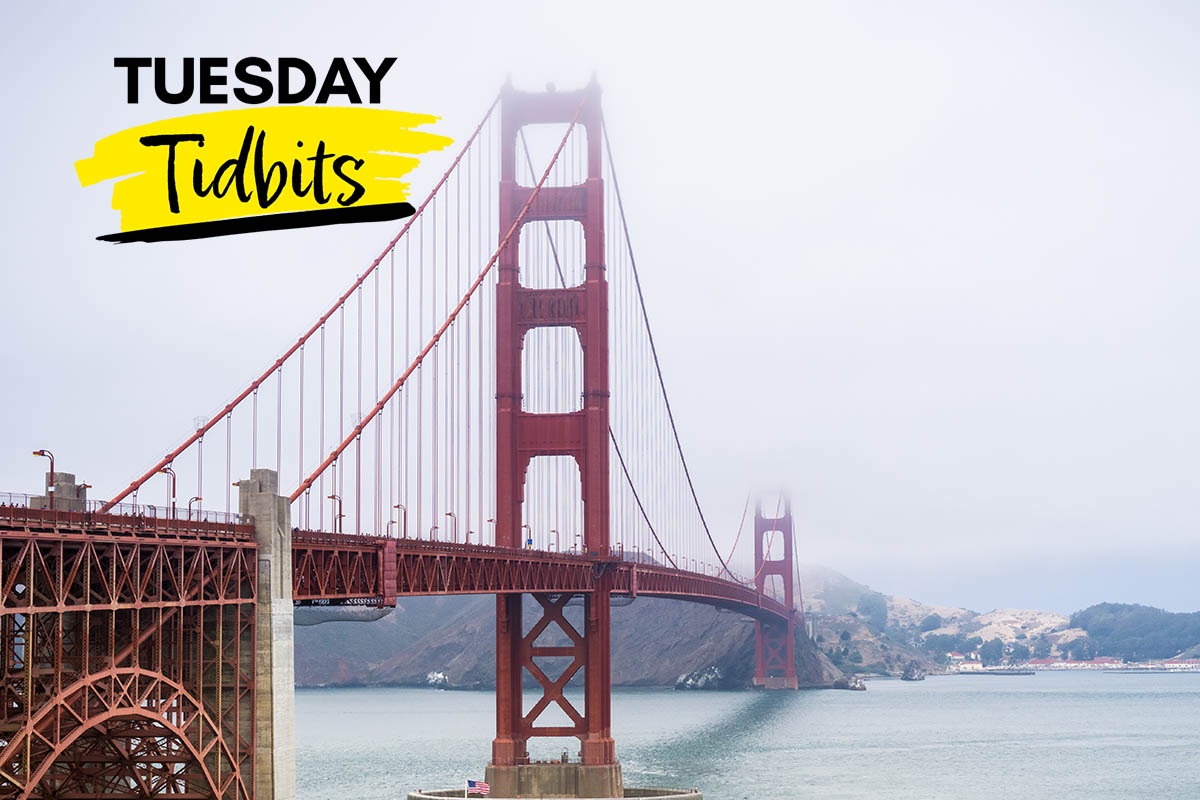The story of the Airbus A380 is a poignant reminder for professional engineers of the dynamic interplay between engineering marvel, market demand, and commercial viability. As the world’s largest passenger aircraft, the A380 embodied technological innovation and demonstrated what’s possible when brilliant minds collaborate. However, its eventual downfall offers invaluable lessons for engineers across industries.
The Dream and the Delivery
The A380 was designed to be a game-changer in the aviation industry. Boasting a double-deck, wide-body, four-engine jet configuration, it had a typical seating capacity of 555 passengers in a three-class configuration and could transport over 800 passengers in a denser configuration. The goal? Address the problem of congested airports and airspace by carrying more passengers per flight.
The Airbus A380 is a modern marvel of aviation engineering, incorporating various groundbreaking technologies and design principles. Let’s delve deeper into some of these marvels:
1. Advanced Aerodynamics
- Revolutionary Wing Design: The wings of the A380, with a span of approximately 80 meters, were not just large but ingeniously designed. Their upward curve and size allowed for an optimal lift, enabling the aircraft to carry substantial weight.
- Flow Control: The A380 utilized intricate devices for airflow control, such as movable flaps and slats on its wings, ensuring optimal aerodynamic efficiency during different phases of flight.
2. Materials and Structure
- Composite Materials: A significant portion of the A380’s structure was made using advanced composite materials, including carbon-fiber-reinforced plastic, glass-fiber-reinforced plastic, and quartz-fiber-reinforced plastic. These materials reduce weight, improve fuel efficiency, and increase resistance to corrosion.
- Glare Material: The A380 was the first commercial aircraft to use GLARE (Glass Laminate Aluminum Reinforced Epoxy) — a hybrid material that combines thin aluminum layers with glass fibers. GLARE offers the strength of metal and the flexibility and lightness of composite materials.
3. Systems and Avionics
- Hydraulic Systems: The A380 had eight hydraulic power-generation systems, as opposed to the typical three in most large aircraft. This provided redundancy, ensuring uninterrupted operations even if some systems failed.
- Advanced Cockpit: The cockpit featured fly-by-wire controls and state-of-the-art avionics systems, enhancing pilot situational awareness, aiding in navigation, and improving safety.
4. Environmental Innovations
- Noise Reduction: Despite its size, the A380 was one of the quietest jets in the sky. Through advanced engine design, soundproofing materials, and aerodynamic refinements, Airbus minimized the aircraft’s noise footprint, making it more environmentally friendly and reducing noise pollution around airports.
- Fuel Efficiency: Per seat, the A380’s fuel consumption was comparable to an economical family car. This efficiency was achieved through a combination of its advanced engines, aerodynamics, and weight-saving materials.
5. Cabin Innovations
- Cabin Air System: The A380’s air circulation system was advanced, ensuring that cabin air was refreshed every two minutes, leading to a more comfortable experience for passengers.
- Larger Windows: The windows on the A380 were designed to be larger than those on typical jets, providing passengers with better views and increasing the inflow of natural light.
- Spatial Design: Engineers designed the cabin to be spacious, with wider seats and aisles. The two-deck configuration was ingeniously utilized to provide various amenities, depending on the airline’s configuration choices, including bars, lounges, duty-free shops, and even showers.
The Challenges Behind the Marvel
1. Infrastructure Limitations
- Airport Modifications: The sheer size of the A380 required extensive modifications to airports. Many airports had to invest significantly in widening runways, reinforcing taxiways, and enlarging terminals to accommodate the aircraft. This posed a logistical and financial challenge for many airports worldwide.
- Limited Operating Airports: Due to these infrastructure requirements, the A380 could only operate from a select number of major international airports. This restriction limited the aircraft’s versatility and the number of viable routes for airlines.
2. Economic Viability
- High Break-Even Point: The A380’s profitability depended on filling a significant portion of its seats. In fluctuating markets or less popular routes, airlines found it challenging to achieve the high load factors needed for the aircraft to be economically viable.
- High Operating Costs: Despite its fuel efficiency per seat, the A380’s sheer size meant it still consumes vast amounts of fuel. Combined with its maintenance costs, this made its overall operating costs high compared to newer twin-engine long-haul aircraft.
3. Changing Market Dynamics
- Shift to Point-to-Point Travel: The A380 was conceptualized during an era where hub-and-spoke models of air travel were dominant. However, as the industry evolved, there was a noticeable shift towards point-to-point travel. Airlines started preferring aircraft that could fly directly between secondary cities without the need for major hubs.
- Rise of Twin-Engine Aircraft: Aircraft like the Boeing 777 and Airbus A350, with their twin-engine configurations, began to dominate long-haul routes. These planes offered similar ranges to the A380 but with reduced operating costs and the ability to serve a broader range of airports.
4. Production and Design Challenges
- Production Delays: Airbus faced multiple production delays due to issues like cabin wiring complexity, which pushed delivery schedules and upset initial customers.
- Limited Design Variations: Unlike some other aircraft models, the A380 had limited variations. There was talk of an extended version, the A380plus, and even a freighter variant, but neither made it to full-scale production.
5. Competition and Positioning
- Competition from Boeing: Boeing’s strategy of focusing on the 787 Dreamliner, a smaller and more versatile aircraft, was in stark contrast to Airbus’s bet on the giant A380. The 787 catered better to the evolving demand for point-to-point travel.
- Resale and Second-Hand Market: The A380’s unique size and configuration made it less attractive in the resale market. Airlines had reservations about buying second-hand A380s due to concerns about operating costs and reconfiguration challenges.
6. The End-of-Life Dilemma
- Decommissioning and Scrapping: As early A380s reached the end of their service lives, airlines faced challenges in decommissioning and scrapping the aircraft. The process was not only costly but also posed environmental concerns.
The Market Speaks
While the A380 was a testament to engineering prowess, it was ultimately a commercial failure.
The first A380 was delivered to Singapore Airlines on 15 October 2007 and entered service on 25 October. Production peaked at 30 per year in 2012 and 2014. However, after the largest customer, Emirates, reduced its last order in February 2019, Airbus announced that A380 production would end in 2021. On 16 December 2021, Emirates received its 123rd A380, which was the 251st and last delivered by Airbus. The A380’s estimated $25 billion development cost was not recouped by the time Airbus ended production.
The Lessons for Engineers
The Airbus A380’s story isn’t one of mere failure but of evolution and understanding market dynamics. For professional engineers, the key takeaways are:
- In-Depth Market Analysis: Before diving into a large-scale project, engineers should, in collaboration with market experts, ensure a deep understanding of the current and projected market conditions. The A380’s challenges highlight the risks of misjudging market direction.
- Design for Flexibility: Engineering designs should be flexible enough to adapt to changing requirements or scenarios. The A380 faced limitations due to its fixed large size, which constrained its adaptability to shifting market preferences.
- End-to-End Considerations: Engineers should consider the entire lifecycle of a product, from design and production to usage and eventual decommissioning. The A380’s production complexities, operational costs, and decommissioning challenges underline this need.
- Interdisciplinary Teamwork: For complex projects, collaboration across various disciplines, including business strategists, economists, and end-users, is vital. Such a holistic approach would ensure that the engineering solutions align with broader strategic goals.
- Anticipate and Mitigate: Engineering, especially on large scales, always comes with risks. Establishing robust risk management strategies, which include scenario planning and fallback options, is crucial. The A380’s challenges underscore the importance of anticipating potential market and operational risks.
- Future-Proofing Solutions: Designs should not only cater to current needs but also anticipate future scenarios, including technological advancements, environmental concerns, and shifts in consumer behavior.
- Balanced Approach: While pushing the boundaries of innovation is vital, engineers must balance it with practicality. The A380 was an engineering marvel, but its practical challenges in real-world operations contributed to its struggles.
- Learn and Evolve: Once a product or solution is in the market, engineers should actively gather feedback and be prepared to iterate on the design. Continuous improvement based on real-world feedback can significantly enhance a product’s success and lifespan.
- Cost-Benefit Analysis: Beyond the technical aspects, engineers must consider the economic viability of their designs. An engineering solution, no matter how advanced, must offer a clear value proposition to its end-users to be successful.
- Larger Impact Considerations: Engineers should consider the broader societal and environmental impacts of their solutions. The A380, for example, presented challenges related to environmental concerns during decommissioning.









Interesting and a bit disappointing that a company would make such a big bet without doing an end to end analysis. Also the airports probably took a loss on all their improvement $.
Would be a good lesson for some management ranks as well.
Bigger is not necessary better.
Much of this should really be lessons for management. The engineer like the marketing team, is at the mercy of management.
If upper management has a vision contrary to reality or market demands after input from the engineering and marketing teams, there is little left to do other than design the product as directed or seek employment elsewhere.
There were a lot of red flags that were ignored including the requirement for wider runaways and accompanying taxiways as well as aviable gate configurations to accomodate the massive plane. There was also questionable foresight in assuming the hub and spoke model for airline operations would continue for the expected life span of a plane that was designed to larger airports with larger infrasturcture. I question if there was this same feedback during design to enable managment of Airbus to make a sound and well resasoned, economic investment, in the future of the company. Eiither no one spoke up, no one listened, or dissentign voices were slienced.
“For all sad words of tongue or pen, the saddest are these; it might have been.”
John Greenleaf Whittier
The cost of equipping an aircraft with four engines and then maintaining those four engines significantly hamper cost efficiency compared to twin engine aircraft.
In addition, ever-increasing engine reliability, as demonstrated by ETOPS certifications, show that four engines do not provide additional practical safety.
Is a good example of what needs to occur before major engineering changes are made. Always think of unintended consequences.